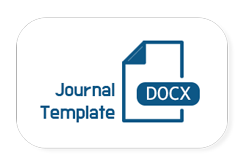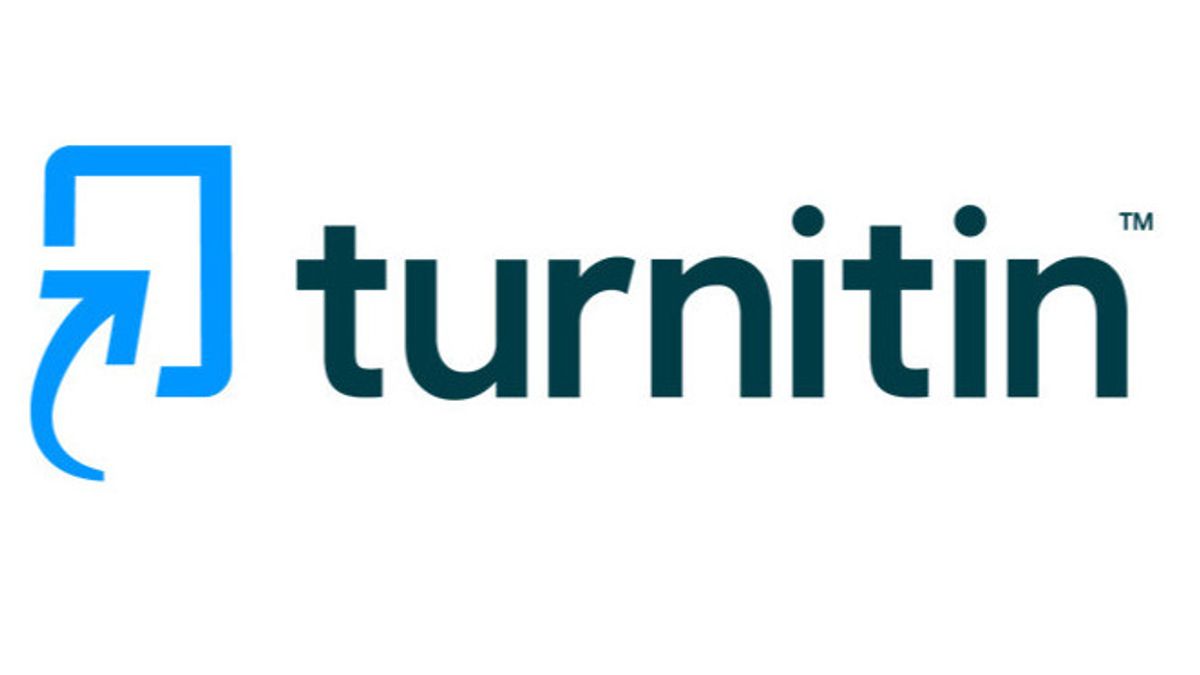Quality Evaluation of Dried Red Chili (Capsicum annuum L) with Convection and Radiation Drying Methods
DOI:
https://doi.org/10.30997/jah.v9i2.8493Keywords:
red chili, FIR drying, sun drying, convection drying, radiation dryingAbstract
Red chili is one of the most important horticultural products. Red chili is a perishable commodity that easily damages, caused by bacteria or fungal. Changes in the enzyme activity in chili that cause shrinkage or wrinkles during storage, transport, and fresh chili packing can reduce the market price. The objective of this study was to determine the changes that occur in the drying process. The material used in this study was red chili (Capsicum annuum). The equipment used Far Infrared Ray (FIR) dryer, electrical oven, and equipment for analysis. This study employed a randomized block design consisting of 5 drying treatments with 3 replications for each treatment. This study showed that the use of FIR dryer at 50°C for drying red chilies gave the best drying time (11 hours), compares with sun drying (38 hours), and oven 50°C (46 hours). The rehydration property of the water content produced is also not much different from an oven dryer at 60°C (39 hours) and sun drying. Drying with FIR caused loss of volatile more than the oven method, however drying time for FIR dryer at 50oC and 60oC were shorter. Air quality levels, ash levels, VRS, and the yield obtained was not significantly different from the oven dryer which took longer drying time. Far Infrared dryer (FIR) and sun drying are radiation drying method, and electric oven as a convection method can provide the best results.
References
Darvishi, H., Asl, A. R., Asghari, A., Azadbakht, M., Najafi, G., & Khodaei, J. (2014). Study of the drying kinetics of pepper. Journal of the Saudi Society of Agricultural Sciences, 13(2), 130–138. https://doi.org/10.1016/j.jssas.2013.03.002
Fadhilatunnur, H., Subarna, Murtadho, Z., & Muhandri, T. (2022). Pengeringan cabai merah (capsicum annuum l.) dengan kombinasi oven microwave dan kipas angin. Jurnal Mutu Pangan : Indonesian Journal of Food Quality, 9(1), 26–35. https://doi.org/10.29244/jmpi.2022.9.1.26
Getahun, E., Delele, M. A., Gabbiye, N., Fanta, S. W., & Vanierschot, M. (2021). Studying the drying characteristics and quality attributes of chili pepper at different maturity stages: Experimental and mechanistic model. Case Studies in Thermal Engineering, 26, 101052. https://doi.org/10.1016/j.csite.2021.101052
Guo, X. hui, Xia, C. yan, Tan, Y. rong, Chen, L., & Ming, J. (2014). Mathematical modeling and effect of various hot-air drying on mushroom (lentinus edodes). Journal of Integrative Agriculture, 13(1), 207–216. https://doi.org/10.1016/S2095-3119(13)60265-8
Gupta, S., Sharma, S. R., Mittal, T. C., Jindal, S. K., & Gupta, S. K. (2018). Effect of different drying techniques on quality of red chilli powder. Indian Journal of Ecology, 45(2), 402–405.
Handayani, S. U., Mujiarto, I., Siswanto, A. P., Ariwibowo, D., Atmanto, I. S., & Mustikaningrum, M. (2022). Drying kinetics of chilli under sun and microwave drying. Materials Today: Proceedings, 63, S153–S158. https://doi.org/10.1016/j.matpr.2022.02.119
Lilies, C., & Van de Fliert, E. (2014). Pengolahan Terpadu Pada Cabai ( Capsicun Spp.) di Daratan Rendah Tropis. Bentang.
Mihindukulasuriya, S. D. F., & Jayasuriya, H. P. W. (2015). Drying of chilli in a combined infrared and hot air rotary dryer. Journal of Food Science and Technology, 52(8), 4895–4904. https://doi.org/10.1007/s13197-014-1546-9
Muchtadi. (2000). Teknologi Proses Pengolahan Pangan. Direktorat Jenderal Pendidikan.
Olawoye, B. T., Kadiri, O., & Babalola, T. R. (2017). Modelling of thin-layer drying characteristic of unripe Cardaba banana (Musa ABB) slices. Cogent Food and Agriculture, 3(1). https://doi.org/10.1080/23311932.2017.1290013
Quraishi, A., Champawat, P. S., Jain, S. K., & Dhake, K. (2021). Drying characteristics of green chilli and quality attributes of developed powder. The Pharma Innovation Journal, 10(9), 1127–1133.
Rabha, D. K., Muthukumar, P., & Somayaji, C. (2017). Experimental investigation of thin layer drying kinetics of ghost chilli pepper (Capsicum Chinense Jacq.) dried in a forced convection solar tunnel dryer. Renewable Energy, 105, 583–589. https://doi.org/10.1016/j.renene.2016.12.091
Sudaro, Y., & Ratriningsih, D. A. (1997). Pengeringan Cabai. Penebar Swadaya.
Downloads
Published
How to Cite
Issue
Section
License

This work is licensed under a Creative Commons Attribution-ShareAlike 4.0 International License.
Authors who publish with Jurnal Agroindustri Halal agree to the following terms:
- Authors retain copyright and grant the journal right of first publication with the work simultaneously licensed under a Creative Commons Attribution 4.0 International License that allows others to share the work with an acknowledgement of the work's authorship and initial publication in Jurnal Agroindustri Halal.
- Authors are able to enter into separate, additional contractual arrangements for the non-exclusive distribution of the journal's published version of the work (e.g., post it to an institutional repository or publish it in a book), with an acknowledgement of its initial publication in Jurnal Agroindustri Halal.
- Authors are permitted and encouraged to post their work online (e.g., in institutional repositories or on their website) prior to and during the submission process, as it can lead to productive exchanges, as well as earlier and greater citation of published work







